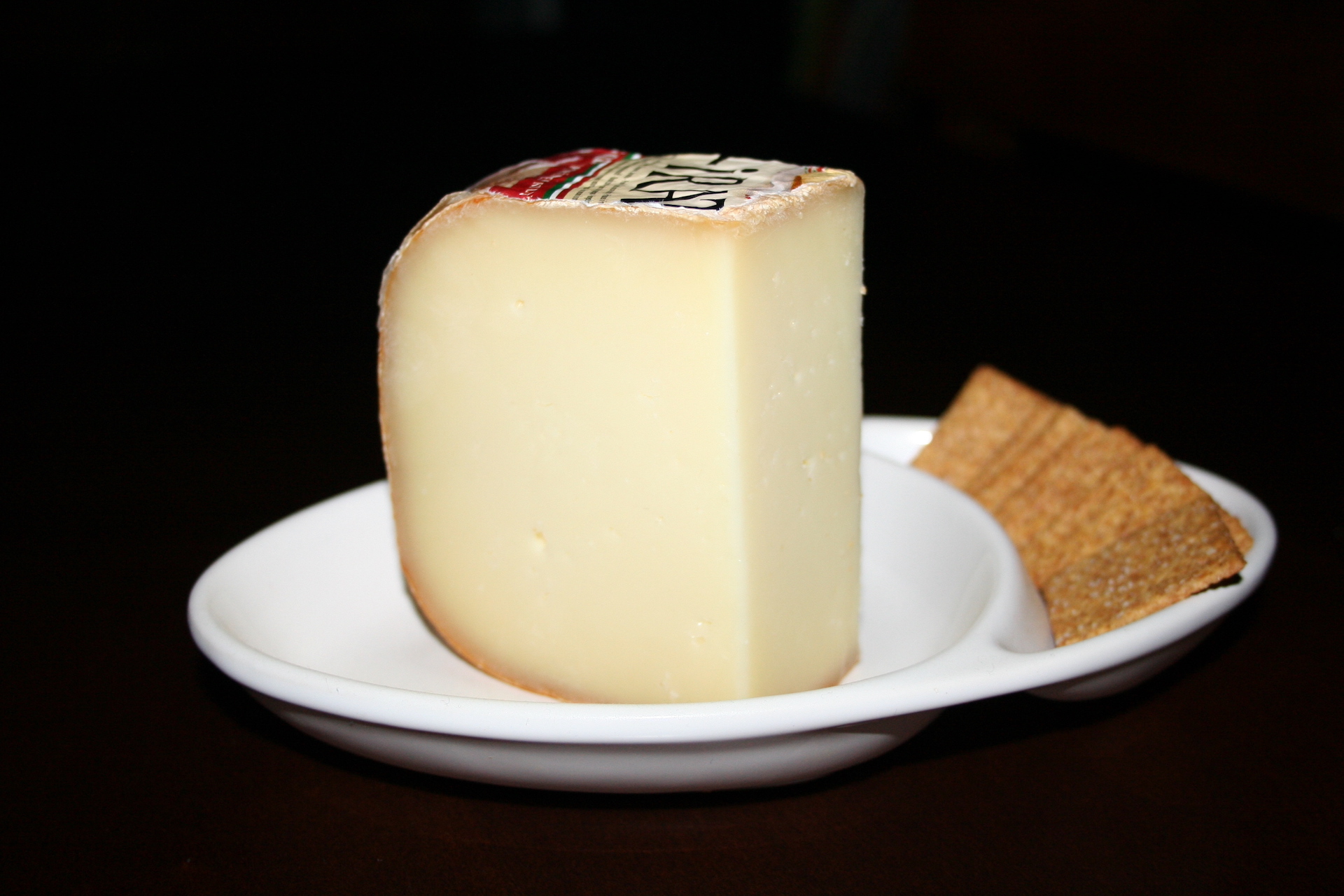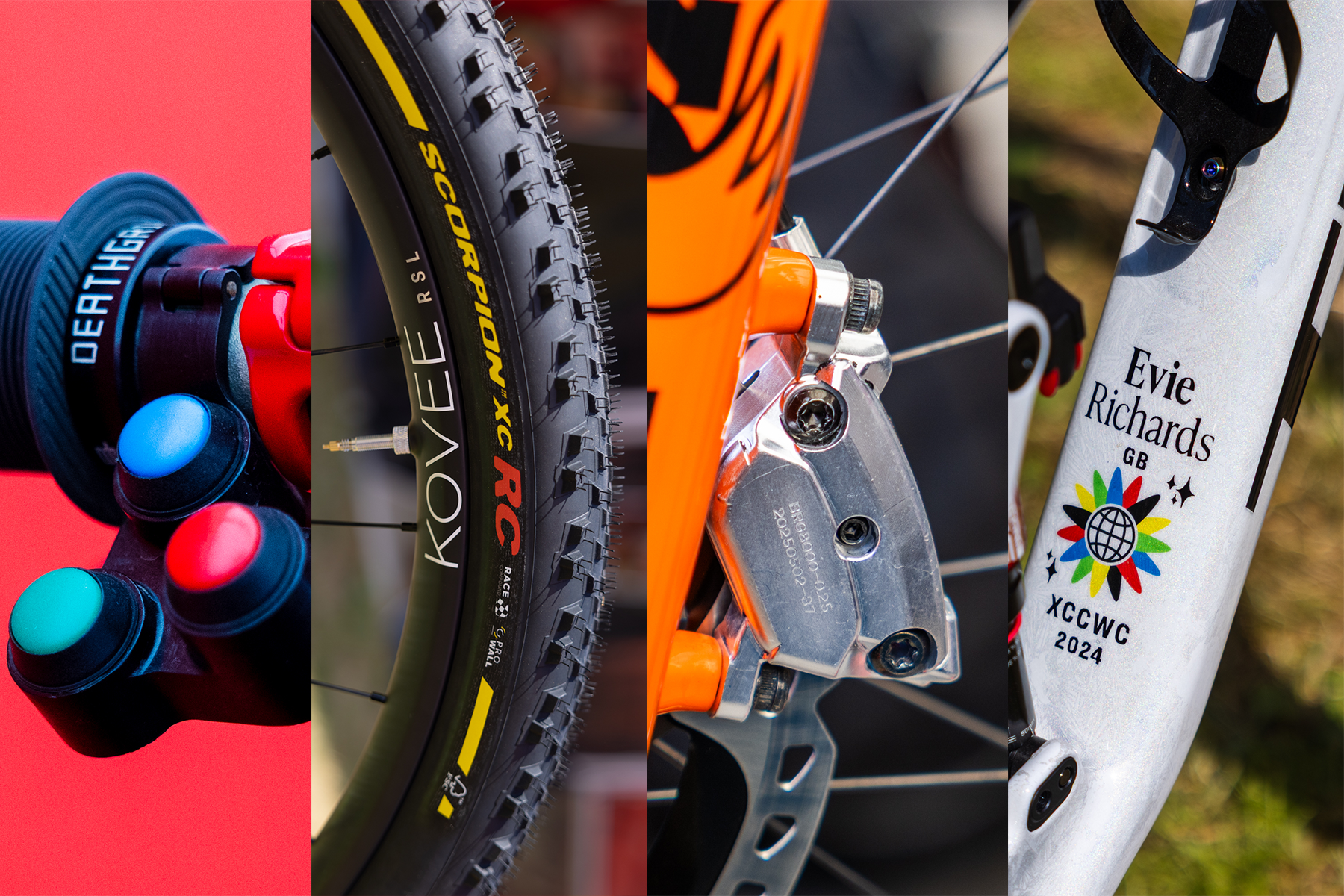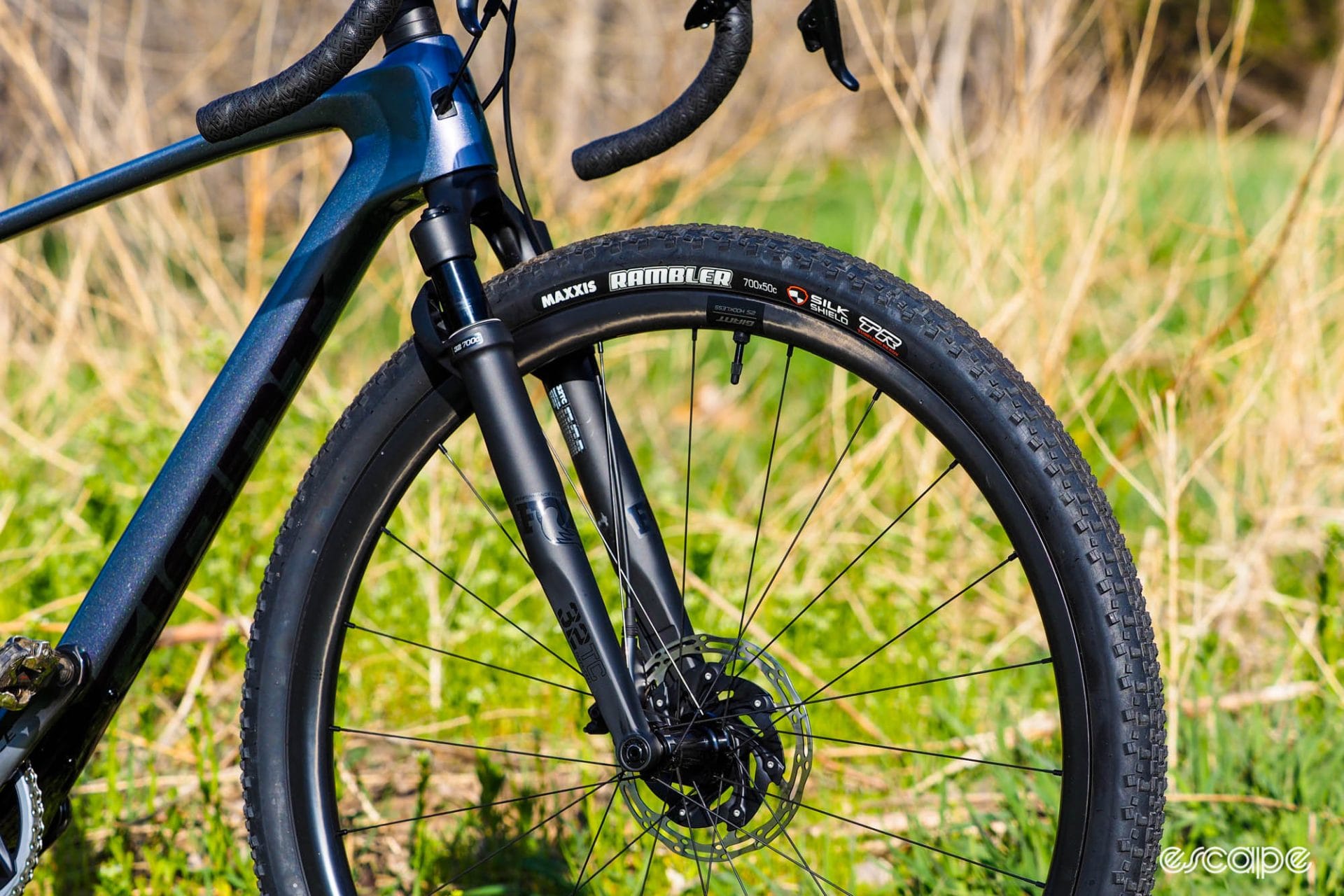The first Hors Categorie climb of the Tour is on the menu today – the Col de Soudet – but we start on flat roads in Pau, home of many rest days and also doping raids. We are in the Pyrenées Atlantiques where they love their birds. On a plate that is. Foie gras is pretty big here. Stuffed necks of goose or duck and breasts of pigeons or ducks are favorites in many restaurants. Another specialty of the region is the Sauce Béarnaise which according to my cooking knowledge doesn’t go with the aforementioned birds.
The sauce is named after the Béarn region where we start the stage and goes well with red meats, especially beef and veal but also with fish like salmon.
Béarnaise sauce is derived from the classic French sauce known as hollandaise. This has nothing to do with us Dutch people. Hollandaise sauce is made by combining egg yolks and clarified butter, while Béarnaise sauce incorporates additional flavors such as tarragon, shallots, and vinegar or white wine reduction. These additional ingredients give Béarnaise sauce its distinctive taste and aroma.
With our steak Béarnaise we need wine. In the 14th century, the princes of Béarn and the parliament of Navarra, just across the border in what we now call Spain, introduced the notion of "cru" (vintage). These were the first attempts at classification of wines in France according to the value of the plots. It was to serve as protection, to preserve the authenticity of the wines of Jurançon, the wine region we are racing in.
It was a pretty important wine too. In 1553 when Henry of Navarra, the future King Henry IV, was born in Pau, his baby lips were rubbed with a clove of garlic and moistened with a drop of Jurançon. I do not make this up, honest. Nowadays, there are hotels, boulevards, and wines named after one of the most important residents Pau has ever had.
We end our meal of stuffed goose neck, steak Béarnaise, and Jurançon wine with a cheese platter at the finish line in Laruns. They have a cheese fair every year in October where they celebrate the cheese and the shepherds. Those in the village put on their best party clothes and revive the traditions of the province of Béarn. They do this after summer because in the warm months the sheep, goats, and cows move to higher pastures. They come back down in September. This process is called transhumance and you see it in all mountain areas in France.
The pride of the region is the Ossau-Iraty cheese. There is even a competition for the best cheese of the year. The cheese is made from full-fat sheep’s milk and is slightly nutty in taste. The Ossau has been an AOP (an indicator of a product from that region only) since 1980 and is still made in the traditional way. The milk is brought to the chalets by the shepherds at a high altitude. The cheese is made there, after which affineurs let the cheese ripen for four to six months.
It’s not a cheese for the die-hard cheesionista. It is actually often used on a cheese platter. This cheese of the French Basque Country is also exported widely. I even noticed it at my local Albert Heijn supermarket, here in the Netherlands.
Did we do a good job with this story?




